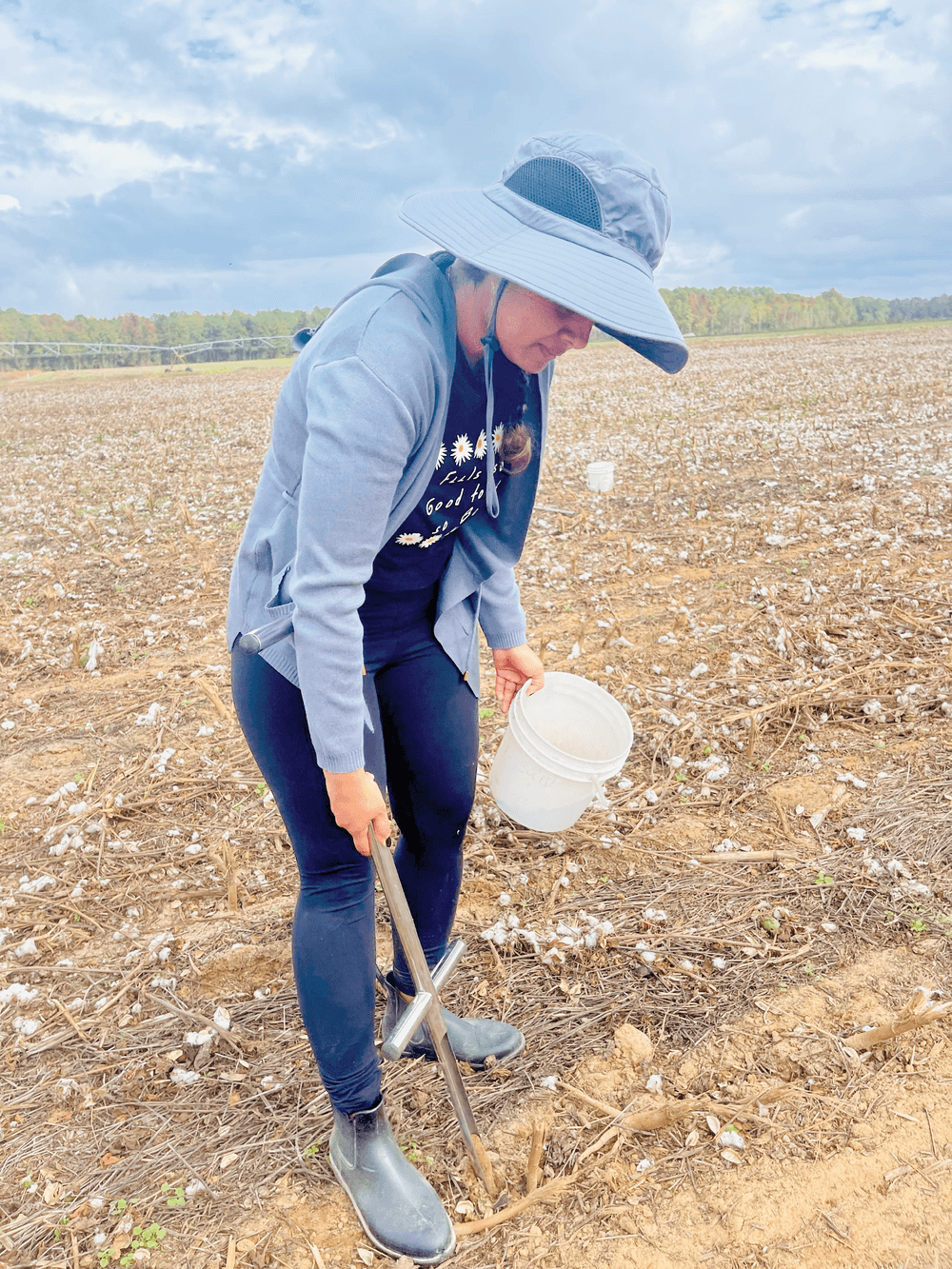Clay Amendment as a Novel Management Strategy to Improve Sandy Soils

Sandy soils are often characterized by poor soil structure, which limits their capacity to retain nutrients and water while protecting organic carbon from microbial decomposition. Implementing conservation management practices in sandy soils has frequently produced positive but limited environmental and agronomic outcomes, likely due to the soils’ intrinsic low clay contents in surface layers. Increasing soil clay content with clay amendment to augment positive management outcomes has been demonstrated as a proof of concept but requires more research to understand its broader impacts.
In new study, researchers from Clemson University used Coastal Plain sandy soils from the southeastern United States to explore clay amendment's impacts on soil structure, nutrient mineralization and availability, microbial activities, and crop productivity. In a four‐year field experiment, they spread clay‐rich soils onto sandy soils and then implemented a rotation of cotton and corn with a cover crop mixture. Results suggested that clay amendment reduced microbial C cycling and N‐cycling enzymatic activities but with different mechanisms, accompanied by improved soil structure, increased nitrogen availability, and cover crop biomass production.
This study further supports the idea that clay amendment can be integrated with current management strategies to enhance sandy soils for sustainable production.
Adapted from
Poudel, P., Ye, R., & Parajuli, B. (2024). Clay soil amendment suppressed microbial enzymatic activities while increasing nitrogen availability in sandy soils. Soil Science Society of America Journal. https://doi.org/10.1002/saj2.20731
Text © . The authors. CC BY-NC-ND 4.0. Except where otherwise noted, images are subject to copyright. Any reuse without express permission from the copyright owner is prohibited.










